Cognitive Behavioral Therapy
Cognitive Behavioral Therapy (CBT) refers to a treatment approach with strong empirical support for its efficacy for various disorders and populations. The theory's roots incapsulate four approaches:
Classical conditioning - learning of conditioned behavior by pairing two stimuli to a conditioned response (Pavlov's Dog)
Operant conditioning - the use of consequences to modify occurrence and form of behavior (B.F. Skinner)
Social learning theory - behavior is learned/maintained by consequences.
Social exchange theory - the goal is to maximize rewards/minimize costs – motivates all people.
Inside the theory of CBT, symptoms are learned responses, voluntarily required and reinforced. Undesirable behaviors are also reinforced, yet only some of the time. The undesirable behaviors are intermittent and most difficult to extinguish.
For change to occur with this model of therapy, a therapist’s approach is to increase positive behaviors, while decreasing the negative behaviors, which is to modify the interactions. An example of this was taught to me during my education by Professor Brandon Eddy; rather than ground a child for poor behavior, why not add something to their chores list? Why not be collaborative with them, and have the child pick the chore that is added to their routine around the house? CBT teaches communication and problem-solving skills. Through this model of therapy, it teaches listening skills and how to recognize and avoid cognitive distortions.
Interventions used in CBT are a way for a therapist to put this theory in motion, interactively with the clients. Here a few examples of interventions:
Token economy - this is helpful for parents who may be experiencing structural concerns at home with a child; where you would give a token, a prize, a sticker for good behavior. This token would later be exchanged for a prize.
Chore chart - by placing a chore chart somewhere in the home, everyone knows what is expected. Structure and routine to chores are not set, and this chart can be paired with the token economy.
Ignore/punish problematic behaviors - with this intervention, you are ignoring tantrums until behavior extinguishes, there is also time out and loss of privileges.
Contingency contracting - outlining rewards and consequences of behavior.
Edmond Davis - MFT Student Therapist

